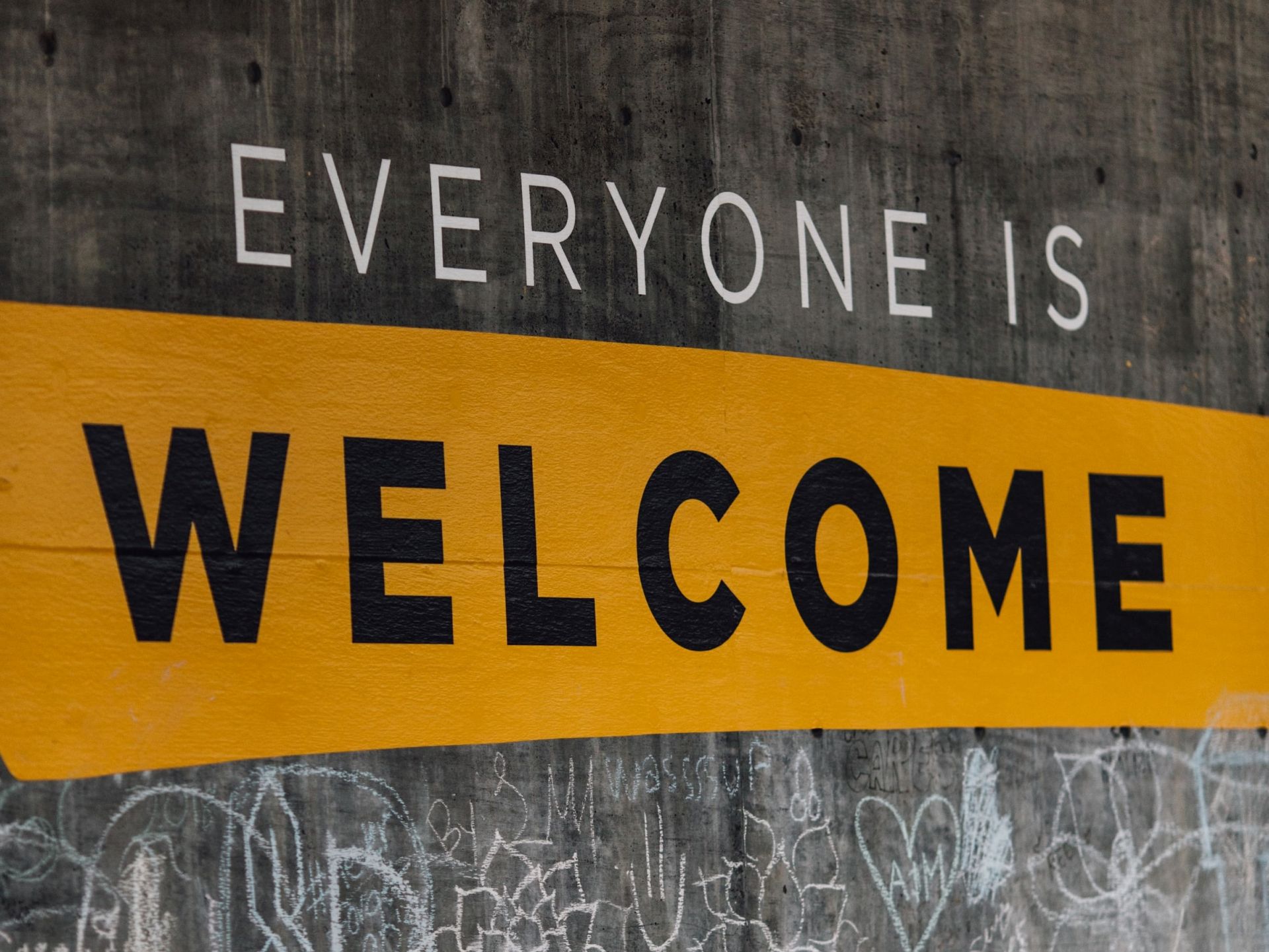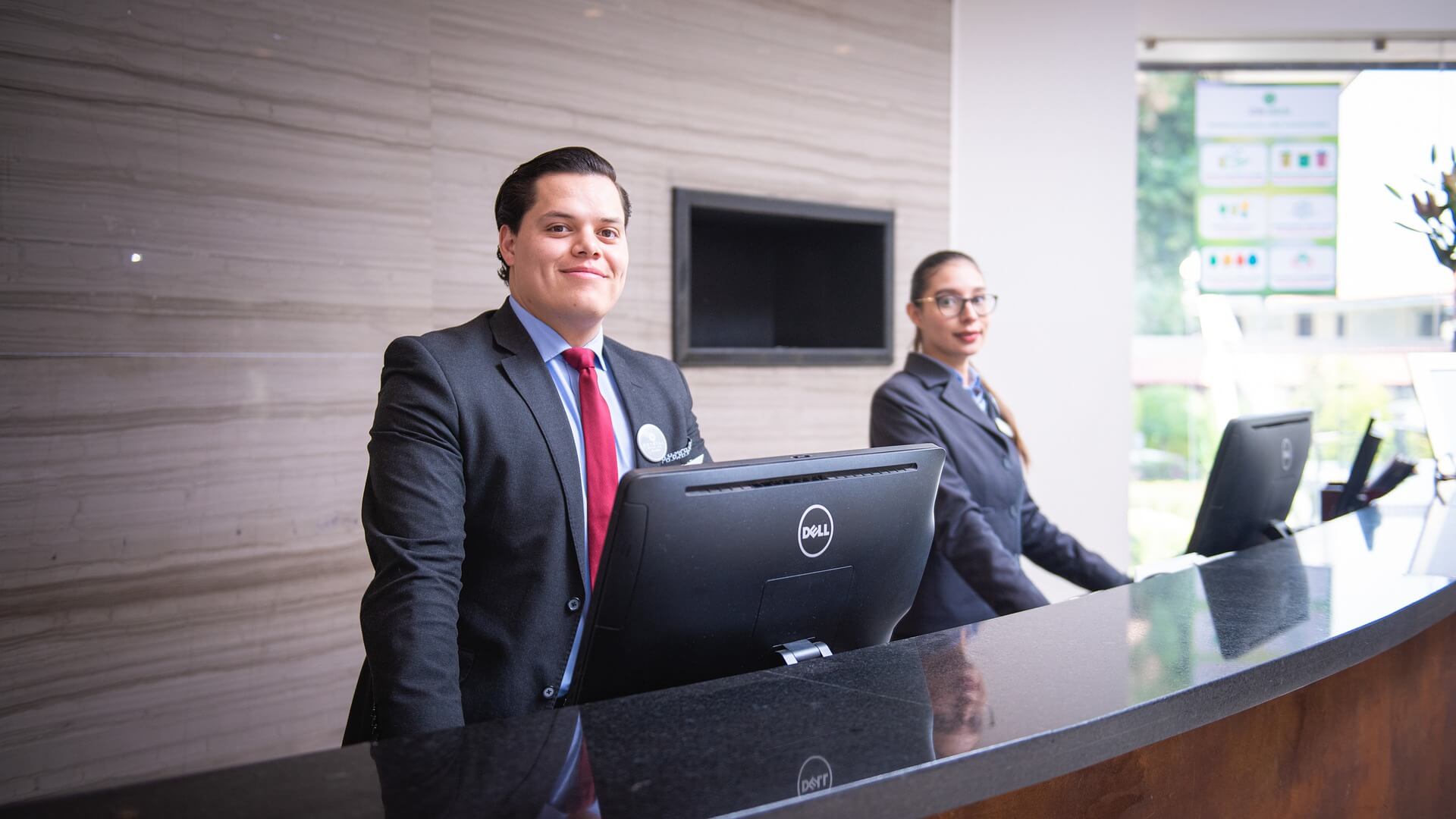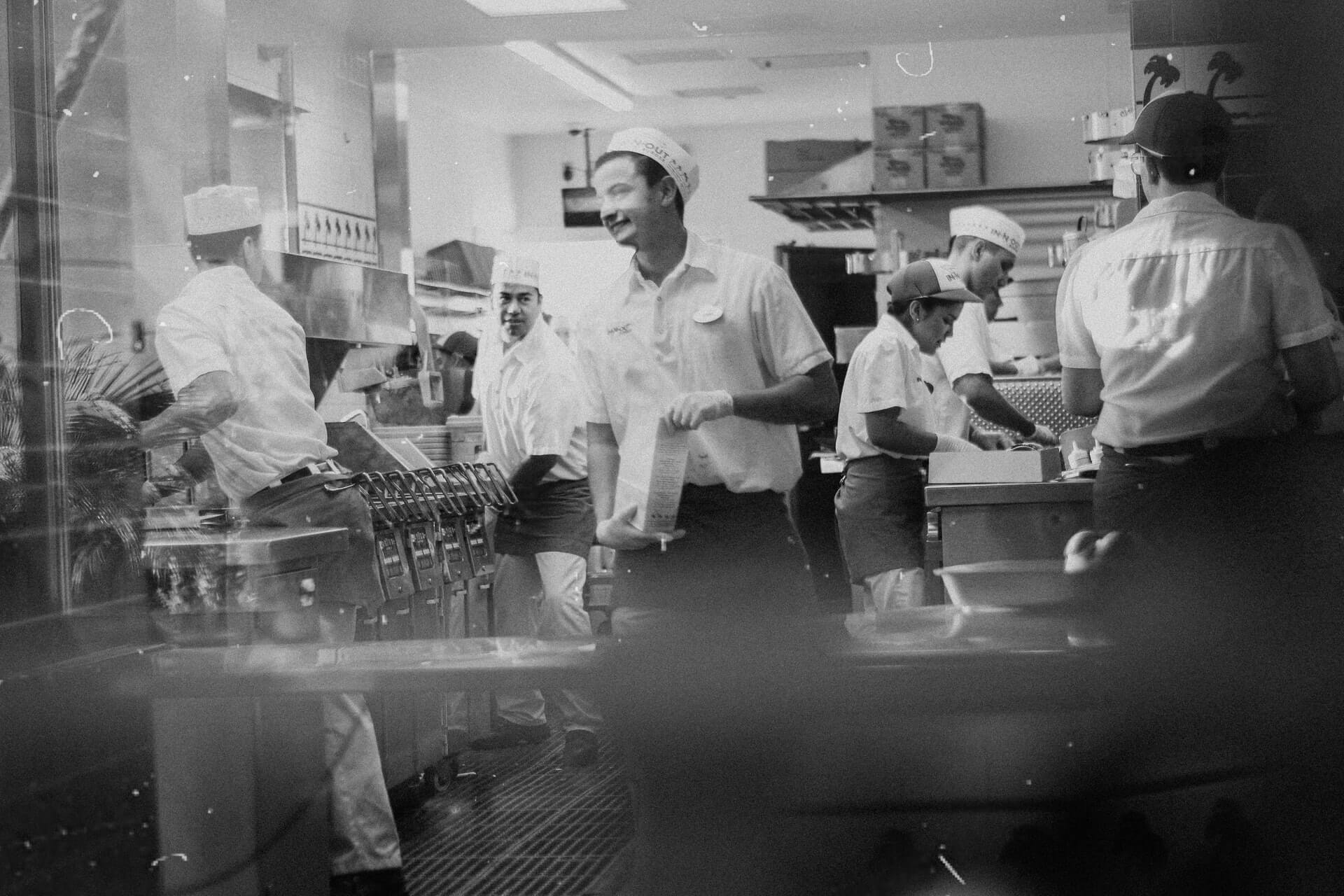Creating a Strengths Profile
by Jennifer Radkey

When looking to improve the performance of your hospitality business it is natural to seek out weaknesses and attempt to “fix” them.
What if you were to take an entirely different approach?
Instead of focusing on weaknesses to improve upon, we should seek to identify and build upon our strengths.
Why Strengths?
Using our strengths is like writing with a dominant hand. It comes naturally and easily.
Strengths can be cultivated and used to assist in overcoming challenges and in improving upon weaknesses. If we were to focus only on improving our weaknesses it would be tiring, and the probability of giving up could increase.
However, if we focus on building upon our strengths, it would be motivating and energizing, therefore making us stronger and then more likely to overcome our weaknesses.
Lost and Found
Do you ever visit a restaurant, bar, or hotel and get no clear sense of their identity?
Maybe their menu is confusing, their social media presence is either nonexistent or only shares their daily specials, there is no consistency in service. They just seem…lost.
Now seriously take a minute and walk through your establishment with fresh eyes as if it were your first time there. Is your brand’s identity clear or lost? As we get wrapped up in the day-to-day operations and stressors, becoming lost can easily happen.
Identifying your brand’s strength profile can help you find your distinct identity again. Even if you aren’t lost there is always room to strengthen your brand.
The Background
In the field of positive psychology, psychologists Chris Peterson and Marty Seligman headed a project to seek out what characteristics describe humans at their very best.
After scouring literature, media, music, etc., spanning countries and history, they compiled a list of 24 character strengths that appear to be valued over time and culture.
This list was referred to as the Values in Action Classification of Character Strengths and Virtues (VIA). The VIA is meant to classify individual strengths but can also be applied to organizations and businesses.
The 24 Character Strengths
The list of strengths is as follows:
- Creativity
- Curiosity
- Open-mindedness
- Love of Learning
- Perspective and Wisdom
- Bravery
- Persistence
- Integrity
- Vitality
- Capacity to Love and be Loved
- Kindness
- Social Intelligence
- Citizenship
- Fairness
- Leadership
- Forgiveness
- Humility/Modesty
- Self-Regulation
- Appreciation of Beauty and Excellence
- Gratitude
- Hope/Optimism
- Humour
- Spirituality
If you want to dive deeper into the VIA character strengths or would like to take the free survey yourself to find out what your top character strengths are, please visit www.authentichappiness.org through Penn State University and take the VIA Survey.
Creating a Strengths Profile for Your Hospitality Business
Now that you have the list of 24 character strengths, think about the top three strengths that you believe capture your brand at its very best. Think both about your venue’s operations and its messaging when deciding upon the top three.
Then ask your team to do the same. Hold a team meeting in which everyone shares which three character strengths they chose and why.
I recently did this with our team here at KRG Hospitality and found the process enlightening. It was fascinating to see which character strengths were repeated, providing clarity into our brand’s strengths profile.
Establishing Your Top Three
As you review everyone’s answers as to the character strengths they feel best capture your brand at its very best, take note of strengths that repeat themselves.
For us at KRG Hospitality, creativity, perspective and wisdom, and love of learning were the most common replies. We then had our strengths profile.
Discuss what you feel the strengths profile for your brand is with your team and solidify a top three.
What Next?
Once you have a strengths profile built, it’s time to dissect it.
How are you already using these strengths in both your day-to-day operations and in how you are representing yourself to the outside world? How can you use them in new and unique ways?
For example: If one of your strengths is creativity, are you using it to your advantage in many aspects of your business? Maybe your menu is super creative, but your social media posts are dull. Maybe your interior design is creative and fresh, but your training lacks creativity.
Is one of your top strengths kindness? What are you doing to emphasize that strength and is your community aware and benefiting from it?
Think about your strengths in new and exciting ways to energize your team and build an overall stronger business.
Shout it Out!
Take pride in your brand’s strengths. Make it known to your team, potential new hires, guests and potential guests what your strengths are by living them and growing them each and every day.
The stronger your team and your brand is, the more confidence you will have. With strong confidence you can approach weaknesses and obstacles with a healthy mindset and higher chance of success.
Take the time to really know your brand and understand how you are representing yourself and you won’t be disappointed. Cheers to personal and professional well-being!









